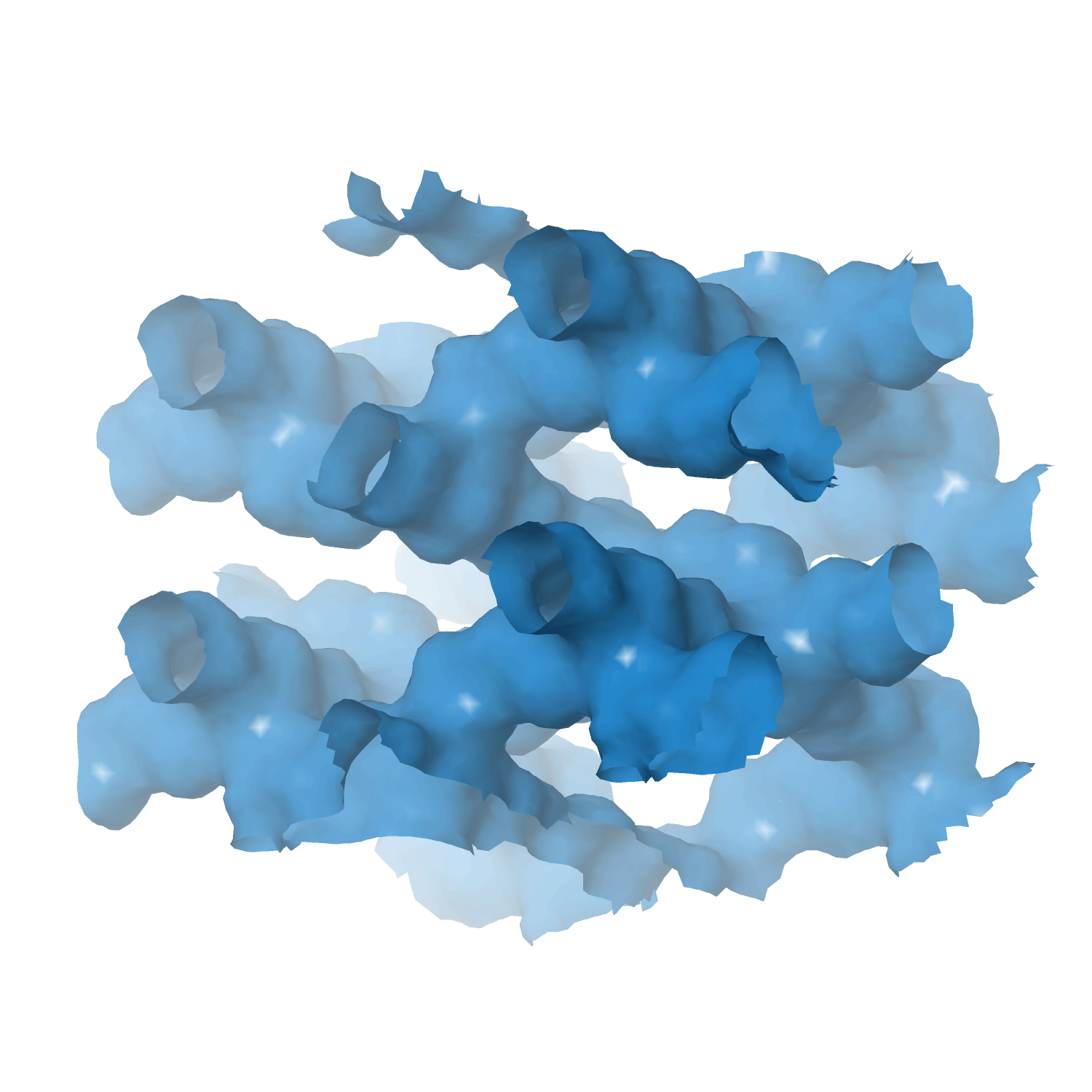Heterogeneous catalyst engineering ⇒ from stable and deactivation resistant to viable technical catalyst
Advances in heterogeneous catalyst “structure” are driven to improve their “function” or performance, i.e., activity, selectivity, and stability. Cooperative research is required to understand the structure and function relationships: developing new synthesis protocols for heterogeneous catalysts with unique surface properties, defined porosity, identification and understanding of catalytically active sites, reaction mechanisms, and finally, prediction and analysis of the processes using various computational tools.
Our group focuses on developing new catalyst formulations using innovative synthesis routes for various important heterogeneous catalysts. That includes thermal, electro, and bio-electro catalysis.
The active phase cannot be used directly in its final application or reactor for various reasons, including poor mechanical resistance, heat or mass transport, and fluidization features. We must mix the active phase with other ingredients in a matrix of binder and filler, while we shape it into a technical catalyst. We investigate new synthetic protocols for technical catalysis using spray drying and fluidized beds to cover the whole range of sizes. At the same time, we incorporate additional (unconventional) ingredients such as SiC to improve some features even further.
- Technical catalyst I ⇒ spray drying and extrusion
- Technical catalyst II ⇒ spray fluidized bed reactor
- Technical catalyst III ⇒ electrospinning
- Zeolite catalysts ⇒ with defined structure/porosity
- Multi-metal (high entropy) alloy catalysts
- MXene catalysts ⇒ single and multi-dimensional
- Perovskite catalysts
- Metal-organic framework (MOFs) catalysts
- Supported metal/metal-oxide catalysts
- Aerogel catalyst
Role of Pore Structure in the Deactivation of Zeolites (HZSM-5, Hbeta and HY) by Coke in the Pyrolysis of Polyethylene in a Conical Spouted Bed Reactor
by
Elordi, Olazar, Lopez, Castaño, Bilbao
Appl. Catal. B: Environ.
Year:
2011
Abstract
The deactivation of three different catalysts used in the cracking of high density polyethylene (HDPE) has been compared. The catalysts used are HZSM-5, Hβ and HY zeolites agglomerated with bentonite and alumina. The reactions have been carried out in a conical spouted bed reactor at 500 °C, and plastic (high density polyethylene) has been fed in continuous mode (1 g min−1) for up to 15 h of reaction. The HZSM-5 zeolite catalyst gives way to high yields of C2–C4 olefins (57 wt%) and, moreover, it is the one least influenced by deactivation throughout the run, which is explained by the lower deterioration of its physical properties and acidity. The results of temperature program combustion and transmission electron microscopy show that coke growth is hindered in the HZSM-5 zeolite pore structure. The high N2 flow rate used in the conical spouted bed reactor enhances coke precursor circulation towards the outside of the zeolite crystal channels.
Keywords
FCC
W2C
ANW
HCE
